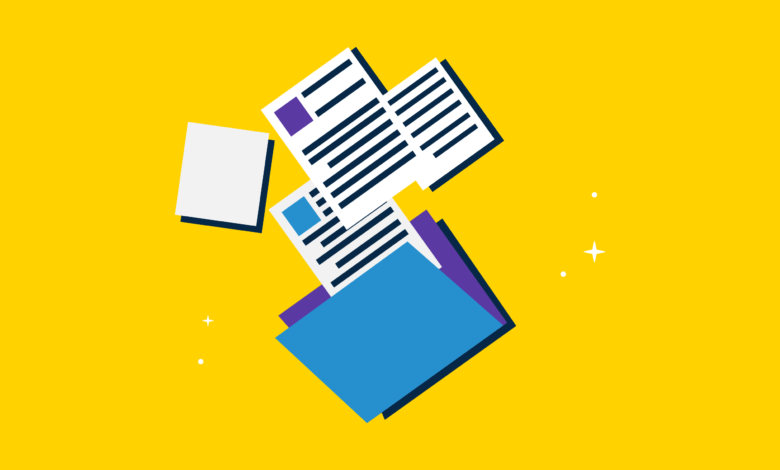Portfolio: Vital For Interviews

A portfolio is a collection of work samples and professional documentation that serves as proof of your accomplishments or work samples. It can be a physical book or binder containing samples of your work, or it can be an online portfolio containing electronic files.
Portfolios are an excellent way to demonstrate the skills you would list on a resume or discuss in an interview — they allow you to show rather than tell. During a job search, the portfolio shows potential employers your work. It demonstrates your relevant skills and abilities. Portfolios are also useful for independent contractors, consultants, and business owners who need to show potential clients work samples.
Outside of a job or client search, archiving samples of your work in a portfolio is a great way to keep track of your accomplishments and when you acquired key competencies. Having it all in one place in a portfolio can be beneficial during your annual review or if you decide to pursue a promotion. It can take some time to put together a portfolio, so make sure it’s up to date to prepare you for unexpected situations such as layoffs and job changes.
Here are some of the characteristics of a good portfolio:
1. Effective Communication
A portfolio site should inform visitors about the services offered and what the designer has to offer potential clients in a clear and concise manner. Because there are so many different types of design and specialisations, it’s not safe to assume that visitors will have a clear understanding of the services offered if they aren’t communicated to them.
A portfolio site’s purpose is to display the designer’s work and to attract new clients. However, without a website that effectively communicates with visitors, visitors are unlikely to make the extra effort to contact the designer about potential work.
2. Characteristics
When potential clients are looking for freelancers for their project, they will consider a number of factors. Of course, they’ll want to see that the designer has the skills and experience to do a good job, and cost is a major consideration. Clients’ desire to work with someone they like and who will provide them with a positive overall experience is just as important as these factors.
Most business owners or decision makers who are in charge of handling and supervising the design process for their company’s website are at least a little intimidated by it. They typically want to work with someone who will assist them in making the process as easy, enjoyable, and successful as possible.
3. Innovative
Portfolio websites frequently feature some of the most inventive designs. Because design is an artistic and creative profession, a freelance designer’s website is regarded as an accurate representation of their work and skill levels. Portfolio sites can sometimes take more creative risks without the same negative consequences as other types of sites. In fact, many potential clients will expect to see some creativity and originality on a freelance designer’s website.
4. Absence of Excess
The first point we discussed was the importance of clear communication. The amount of information provided on a website has a significant impact on its communication. While there are some items that must be stated and explained on portfolio sites, removing any excess will allow the existing information to stand out more and be more easily understood.
Excessive design elements can be avoided in addition to excess wording and content. Some of the most elegant and well-known portfolio websites take a very simple approach. The fundamentals of a portfolio site are straightforward: a list of services, a description of qualifications, a showcase of previous work, and a method of contact.
5. Examples of Previous Work
Of course, a portfolio site would not be a portfolio site if it did not include examples of previous work. Most potential clients will want to see this, and in most cases, they will judge your skill level based on these examples.
The quality of work in your portfolio is an important factor in the site’s success, but presentation can also make a big difference. Designers’ work is sometimes displayed in such a creative or impressive way that it almost overshadows the work itself (which can be good or bad).
6. Displays the Best Work
Not every design you’ve ever done should be in your portfolio. In fact, it is preferable to highlight specific examples rather than all of them. Most potential clients aren’t going to sit down and go through everything, so make sure that what you display has been carefully selected for maximum impact.
In some cases, you may offer different types of design (such as blog theme design, e-commerce sites, logo design, business cards, and so on), so having a few high-quality examples to show for each category is preferable to having one large collection of all of your work. Smaller, more selective portfolios are also easier for visitors to peruse in order to find something of interest to them.
These are some of the characteristics of a good portfolio.